Description
1. Botanical Information
-
Botanical Nature: Not a single plant, but a sacred cluster of five specific trees planted together.
-
Common Name: Panchvati, Sacred Five Tree Grove
-
Religious Context: Mentioned in Hindu epics like Ramayana; associated with Lord Rama’s stay in Panchvati during exile.
-
Type: Evergreen and deciduous trees, depending on chosen species.
2. Origin & Distribution
-
Cultural Origin: Ancient India, deeply rooted in Vedic and Ayurvedic traditions.
-
Distribution: Found in temple courtyards, ashrams, rural homesteads, and spiritual gardens across India.
-
Purpose: Planted for spiritual merit, medicinal benefits, and ecological balance.
3. Common Tree Combination in Panchvati
Traditionally, these five trees are planted together:
-
Banyan Tree (Ficus benghalensis) – Symbol of immortality and shelter.
-
Peepal Tree (Ficus religiosa) – Sacred to Lord Vishnu, produces oxygen day and night.
-
Amla Tree (Phyllanthus emblica) – Rich in Vitamin C, immunity booster.
-
Bael Tree (Aegle marmelos) – Sacred to Lord Shiva, digestive health benefits.
-
Ashoka Tree (Saraca asoca) or Udumbara (Ficus racemosa) – Symbol of beauty, fertility, and wellness.
4. Physical Characteristics
-
Height: Combined grove can range from 10 ft to over 60 ft, depending on tree species.
-
Leaves: Varied – from broad, glossy Peepal leaves to feathery Ashoka foliage.
-
Flowers & Fruits: Each tree produces unique flowers and fruits with medicinal and ornamental value.
-
Shade & Canopy: Banyan and Peepal form wide, dense canopies; smaller trees fill the gaps.
5. Growing Conditions
-
Light: Full sun preferred; partial shade tolerated for some species.
-
Soil: Well-drained, fertile loam with good moisture retention.
-
Watering: Young plants require regular watering; mature trees are drought-tolerant.
-
Temperature: Thrives in warm tropical and subtropical climates (15°C–40°C).
-
Spacing: Adequate space for canopy spread—minimum 15–20 ft apart.
6. Maintenance & Care
-
Pruning: Remove dry or diseased branches to maintain health.
-
Fertilization: Organic compost annually; cow dung is traditionally preferred.
-
Pests/Diseases: Generally hardy; occasional fungal issues in humid conditions.
-
Mulching: Helps retain soil moisture and protect roots.
7. Uses & Benefits
-
Spiritual Significance: Each tree is linked to a deity—believed to bring prosperity, harmony, and blessings.
-
Medicinal Value:
-
Banyan: Treats skin ailments and dental issues.
-
Peepal: Beneficial for asthma, heart health.
-
Amla: Boosts immunity, improves digestion.
-
Bael: Cures diarrhea, acts as a detoxifier.
-
Ashoka/Udumbara: Supports women’s health, reduces inflammation.
-
-
Environmental Role: Improves air quality, reduces heat, attracts pollinators and birds.
-
Cultural Use: Integral in Vastu Shastra for balancing positive energy.
7. Lifespan
-
Extremely long-lived—especially Banyan and Peepal, which can survive for hundreds of years if well-maintained.



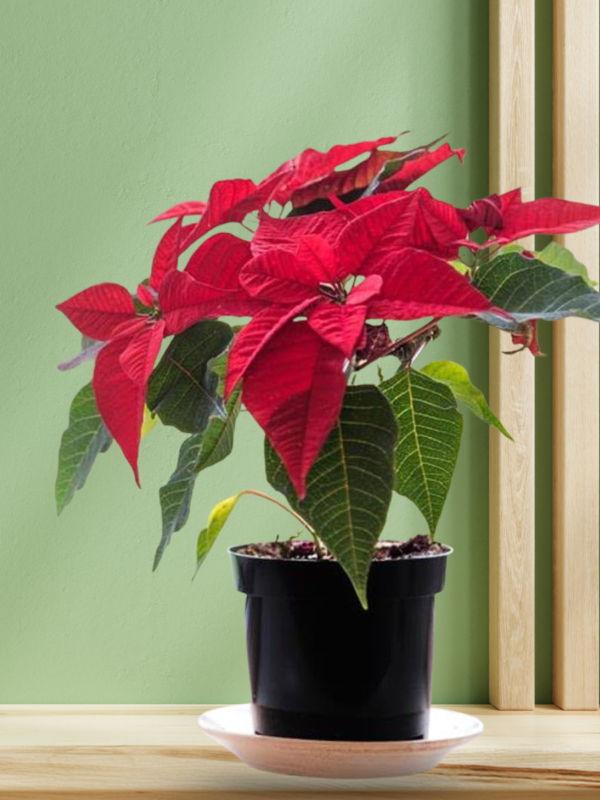
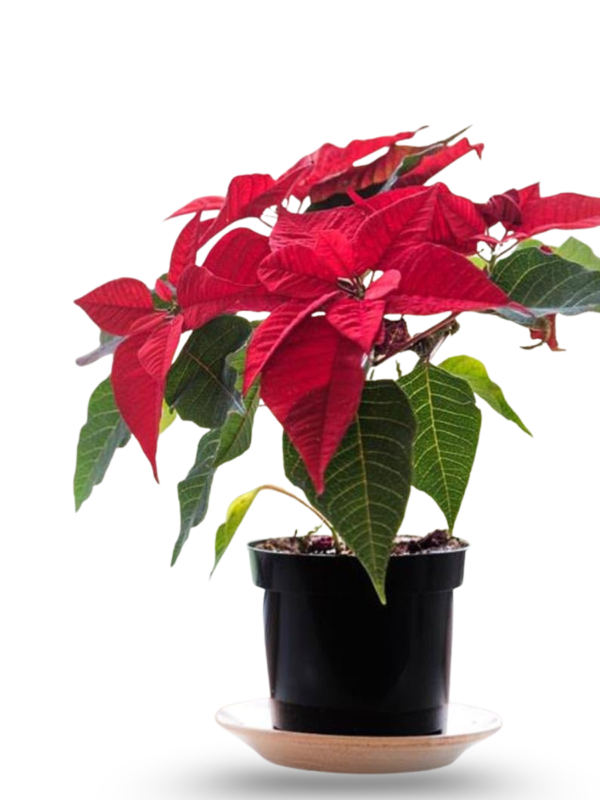


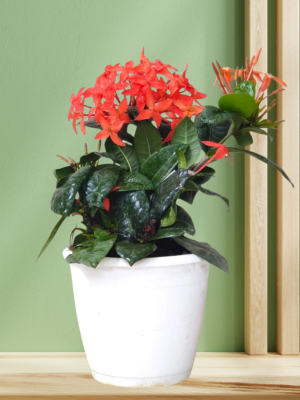

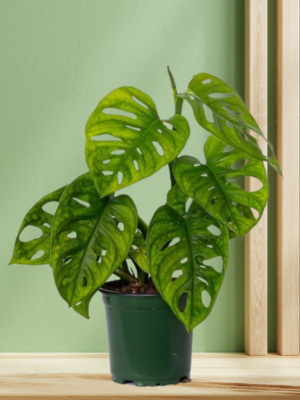

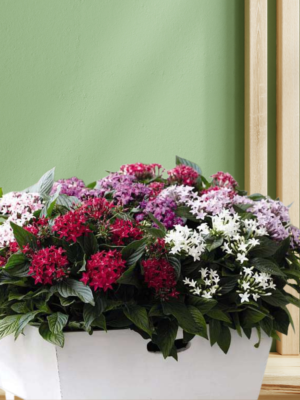 Pentas Plant
Pentas Plant 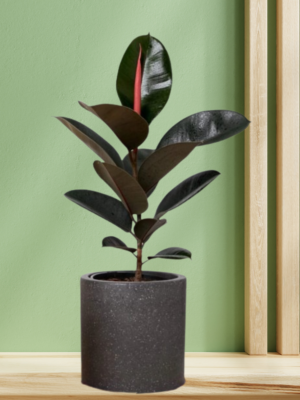 Rubber Plant
Rubber Plant 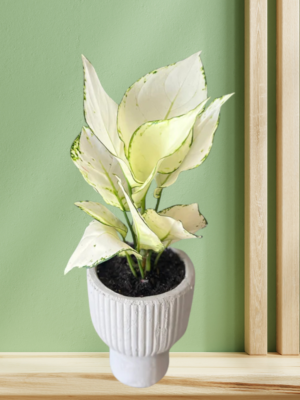 White Aglaonema
White Aglaonema 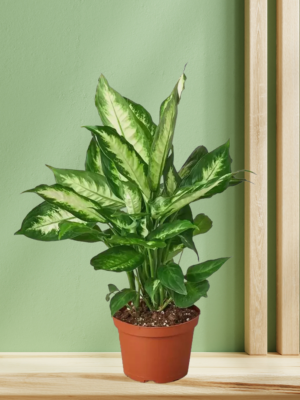 Daiphen Plant
Daiphen Plant 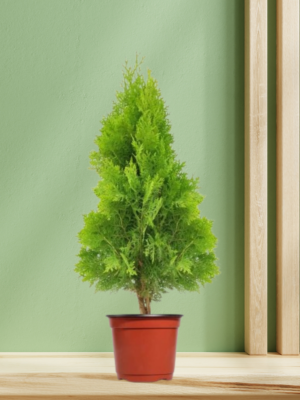 Vidya | Mor Pankh Plant
Vidya | Mor Pankh Plant
Reviews
There are no reviews yet.